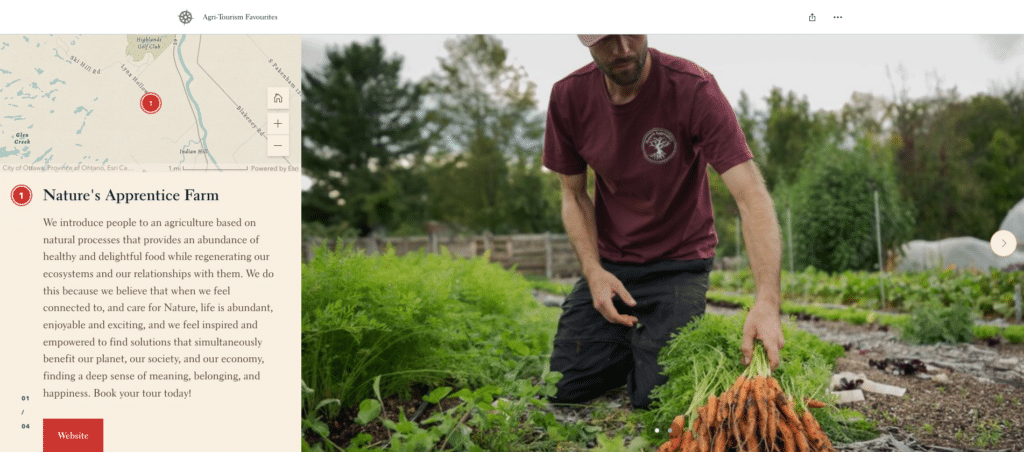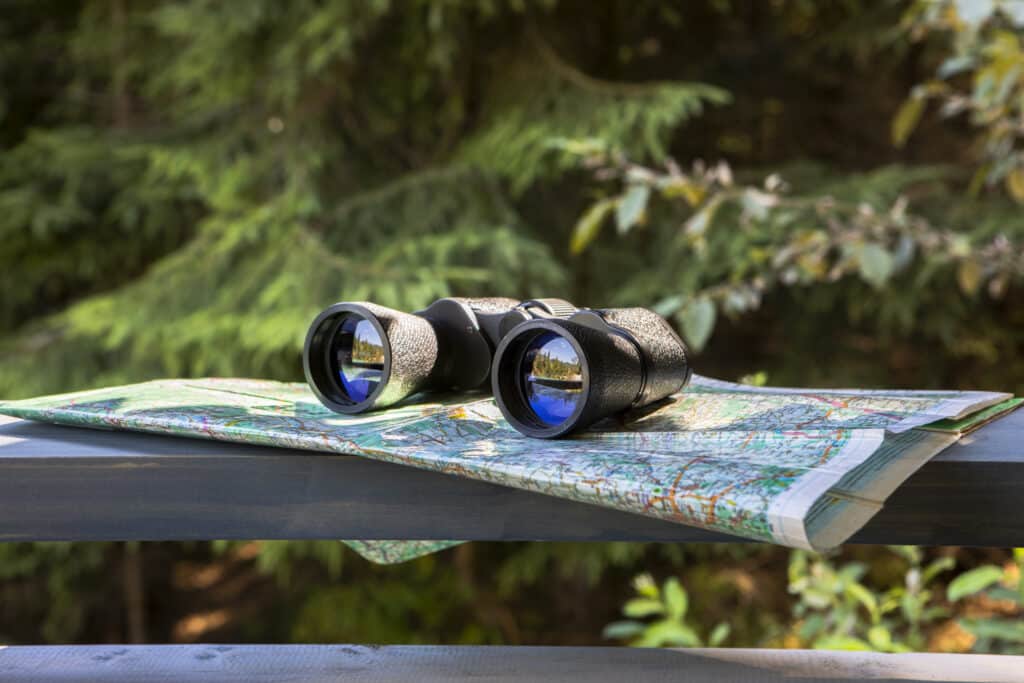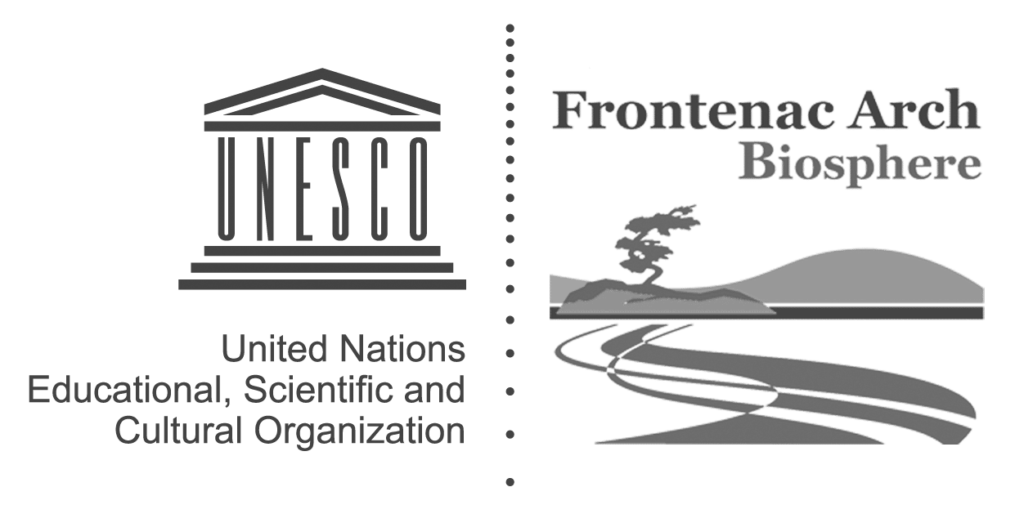Conservation
What does conservation mean to us?
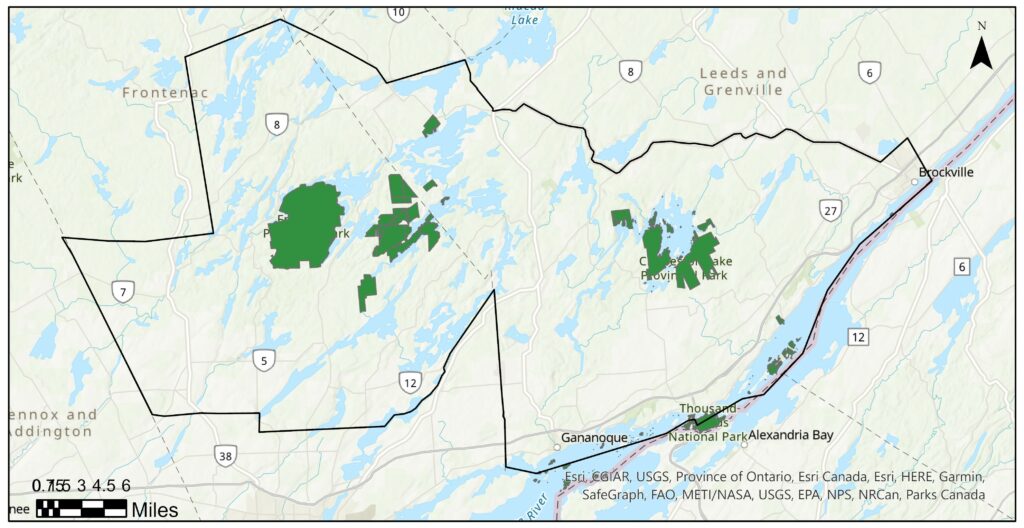
What does FABN do in conservation?
The Frontenac Arch Biosphere Region is a great place to start the conservation effort. This region is located on the traditional territories of the Anishinaabe (Algonquin) and Haudenosaunee (Iroquois) First Nations and covers a robust network of waterways, biodiversity rich protected areas, important cultural landscapes and is home to a large population of people. We work to support and facilitate collaboration among the many expert conservation organizations doing important work in our region. The Frontenac Arch Biosphere Network strives to conserve biodiversity, build a culture of sustainability through education and promote sustainable development within the region.
By supporting the Network, you can participate in the conservation of nature during this pivotal time.
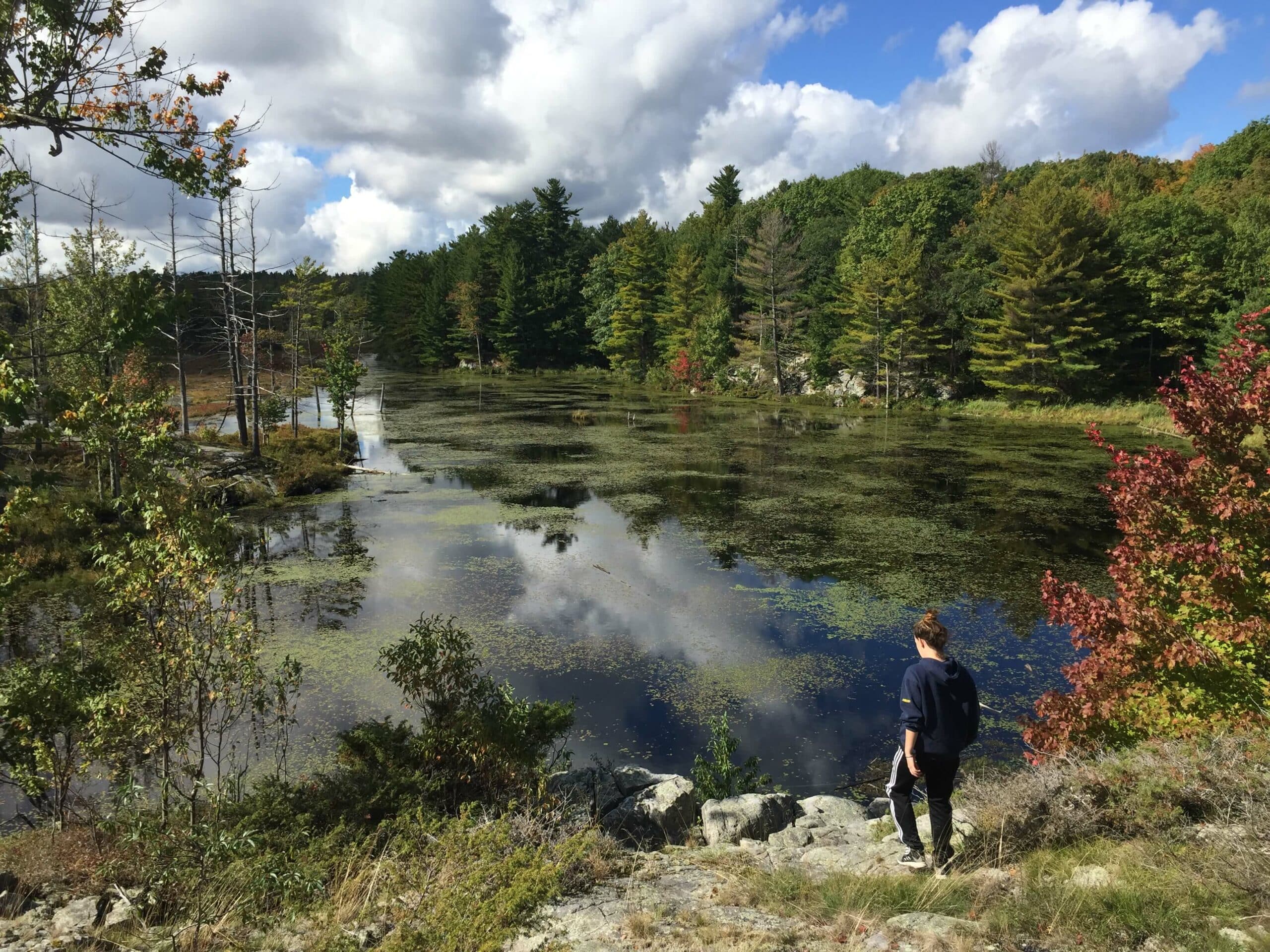

What are we doing now?
We are mapping and evaluating all effective conservation measures happening in our region. A map of all effectively conserved areas provides valuable information on where stronger measures are needed to sustain the unique biological and cultural values of our home. Recognizing which land management regimes are leading to positive outcomes for biodiversity now gives us more complete information about our conservation network, which can inform better land management decisions in the future.
We are working to gain international recognition for the important contributions our region makes to global conservation targets.
Who do we work with?
- 1- preservation of natural environment
- 2- sustainable use of natural resources
- 3- restoration of ecosystems and landscapes
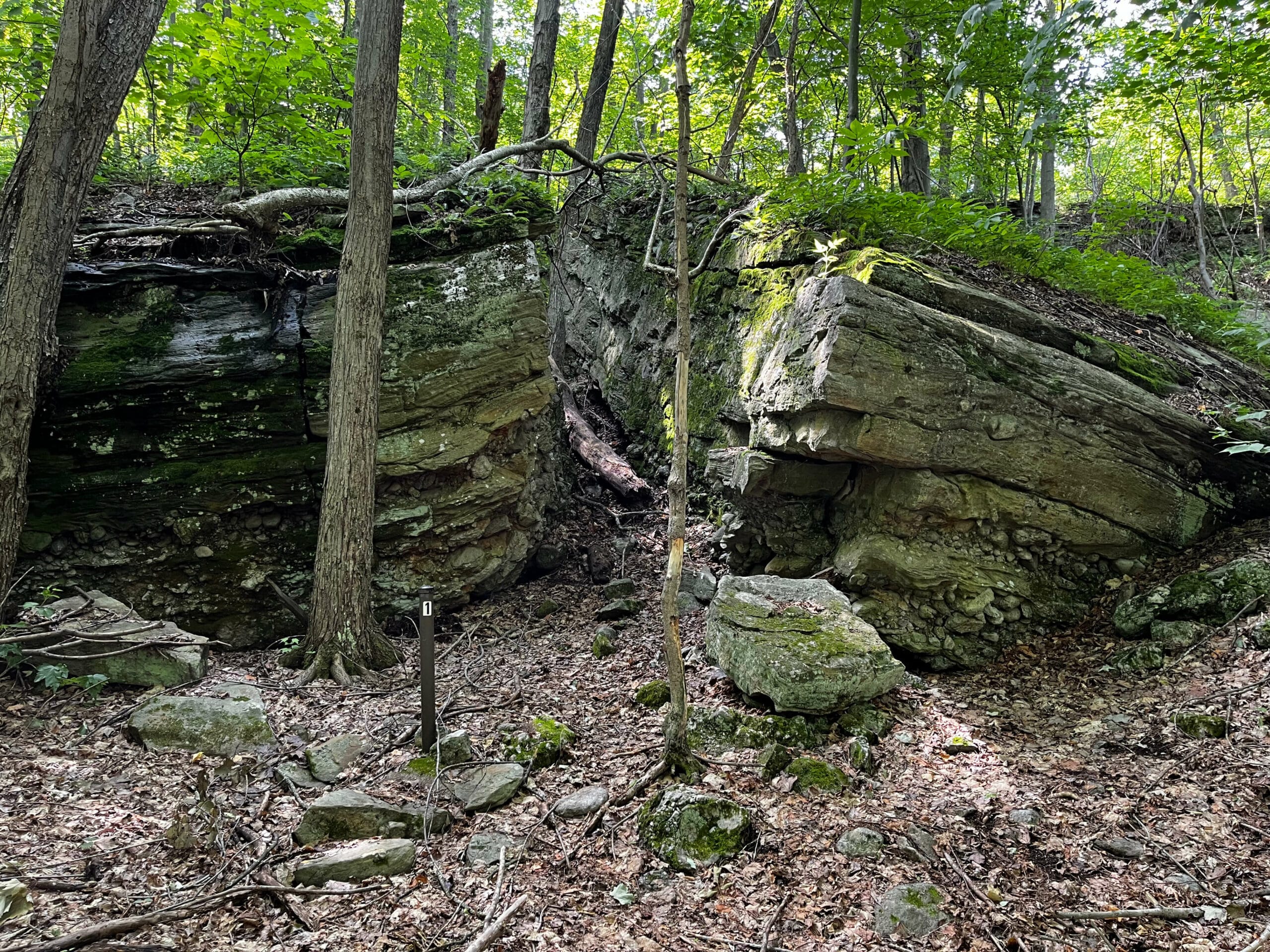
The Stewards of our Core Protected and Conserved Areas are:
Champions of biodiversity and ecosystems in our buffer and transition zones are:
Would you like to see your organization listed here?

